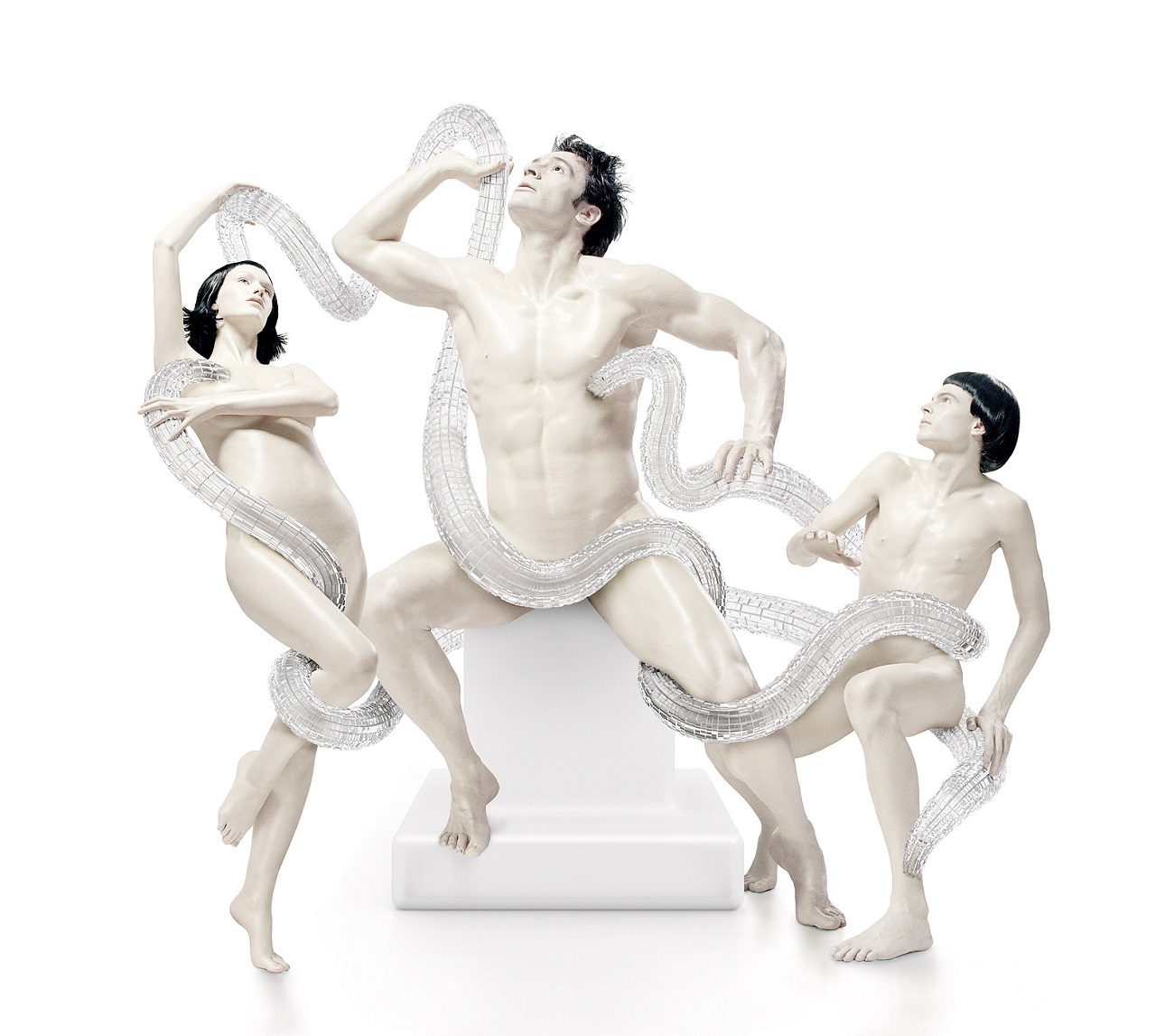
Studio Smack
Tribe City
Hundreds of beings and dreamlike and dystopian elements inhabit the digital and autonomous works that are part of this project. “It’s a portrait of the masses,” summarise the artists, whose fascination with group dynamics, technological phenomena and the ego are expressed in Tribe with an eclectic selection of individuals who bring to life deeply recognisable social attitudes. Collective behaviour and manipulation are recurring themes in SMACK’s work, which often uses popular visual references and light-hearted aesthetics to present us with an uncomfortable reflection of who we are.








